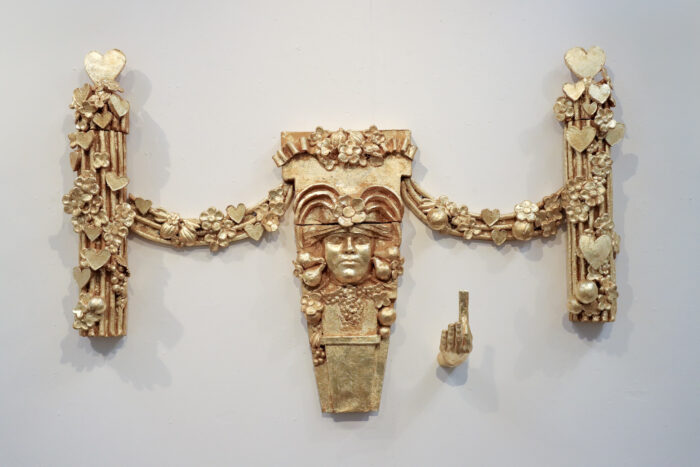Meet The Maker: Henry Rolnick
In our second feature on artists presented by Of The Cloth at the recent North American Pavilion exhibition, we hear from Henry Rolnick, a New York-based textile artist working in the intersection of art, craft, and design. Primarily weaving-focused, Henry finds particular fascination with the patterns of visual communication in our various cultures, examining the effect of shape, colour, texture, scale, and composition on individual and communal identity. The construction of fiber into cloth, and cloth into objects, tie Henry’s work into our ancient relationship with nature.
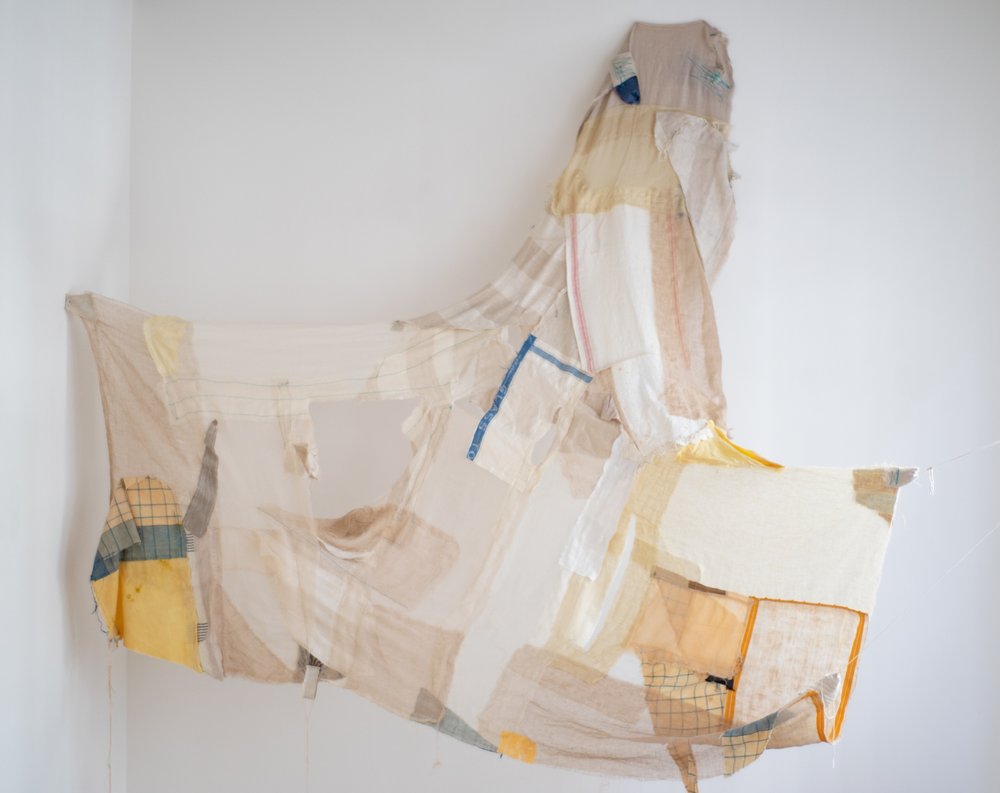
Could you tell us about what you are working on at the moment?
I have my first solo show at the end of this year, so I’m considering the scope of my work and how to interweave the various visual narratives I have developed. My primary mediums are weaving and sewn fabric, through which I allow the materials to guide me toward the forms they want to create. Over time, I have developed a language of expression with these materials that has brought me to new levels of resolve in my concepts. Currently, I am curating a collection that tells this story, selecting works that embody it, and determining any additional elements needed for the exhibition. I am planning to create new tapestry works and smaller-scale fabric compositions, similar to studies or drawings, to complement the larger works on display.
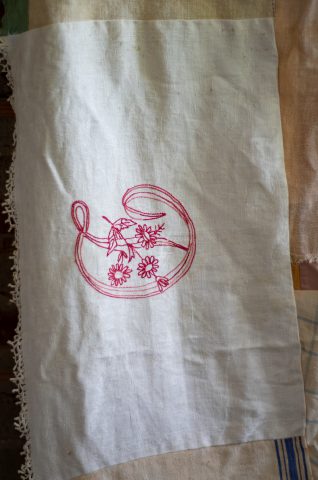
What do you enjoy about the material(s) you work with?
In weaving, I adore the structure and the way various materials speak to each other within that structure. When I wind warps and weave in the wefts, I have a wide array of natural fibers and yarn sizes to choose from and I integrate them together intuitively, allowing for the materials to tell me where they want to be in the fabric. I like to combine various fibers, strategically setting them at a semi-regular cadence to enhance tension and construction. For instance, if I am using smooth yarns like silk and rayon, I might incorporate wool and cashmere to introduce a micro-felt element after a light wash, which improves the fabric’s structure. I feel a deep connection to natural fibers and tend to gravitate toward them. However, I am also intrigued by the advancements in yarn and material technology and would love to explore new synthetics.
How do new ideas emerge for you and what is the process for developing them into finished pieces?
Conceptually, my work revolves around exploring visual language and the underlying expressions conveyed through various forms. I find inspiration in propaganda, advertising, and product packaging, as they provide insight into the communication channels through which we inspire intentions and actions. I explore through intuitive form creation, arriving at compositions that inspire the viewer to “read” abstractions of language, prompting us to reflect on our relationship with what we read and the assumptions we make in response to the world around us.
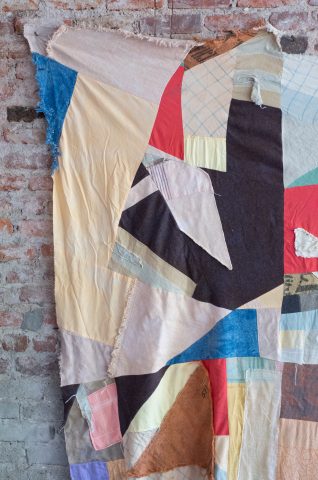
Where do you hope to take your practice in the future and why?
I aim to expand my practice into various modes of creation, particularly in industrial textiles and materials related to mass production and packaging. I am deeply intrigued by the materials we use to package and present products, with the ultimate goal of evoking the desire within customers to purchase and incorporate the product into their lives. Exploring the origins of this spark of desire and understanding how it drives our civilization is an ongoing field of research for me. I aspire to develop physical expressions that delve into this concept, ranging from large-scale installations to individual wall works and even consumer products that all embody a shared visual language.
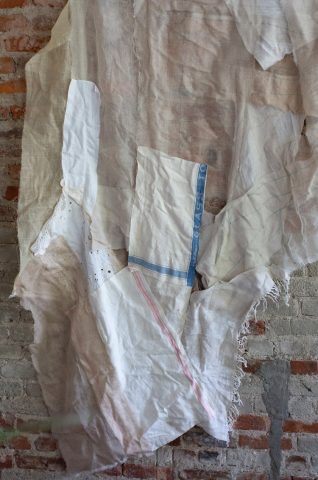
Which other current artist-makers’ work do you admire?
I want to shout out Tau Lewis, whose work I discovered earlier this year. Tau’s connection to ancestral craft and freedom of imagination serves as an inspiration for me to remain true to my authentic expression. The way she brings characters to life and establishes relationships with them reminds me that every artist possesses a unique world that they bring to life. When that connection is clear, it results in artwork like Tau’s that brims with vitality and expression, transporting viewers to another realm where they can reflect without the usual barriers or distractions we all face. Tau’s work seems to break free from the confines of the capitalist cycle, offering a remedy that we all need in these times.
